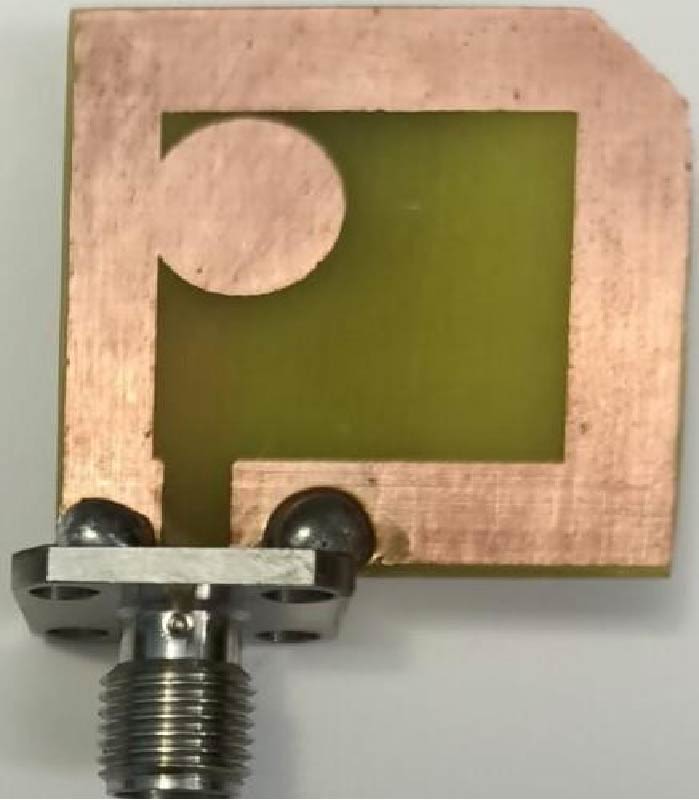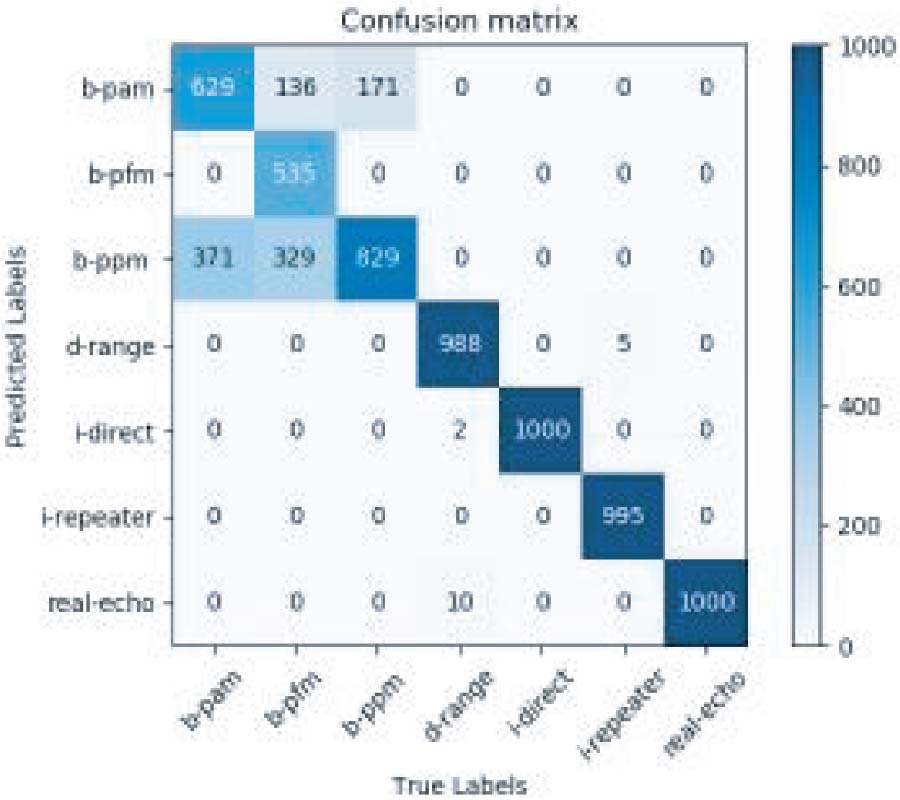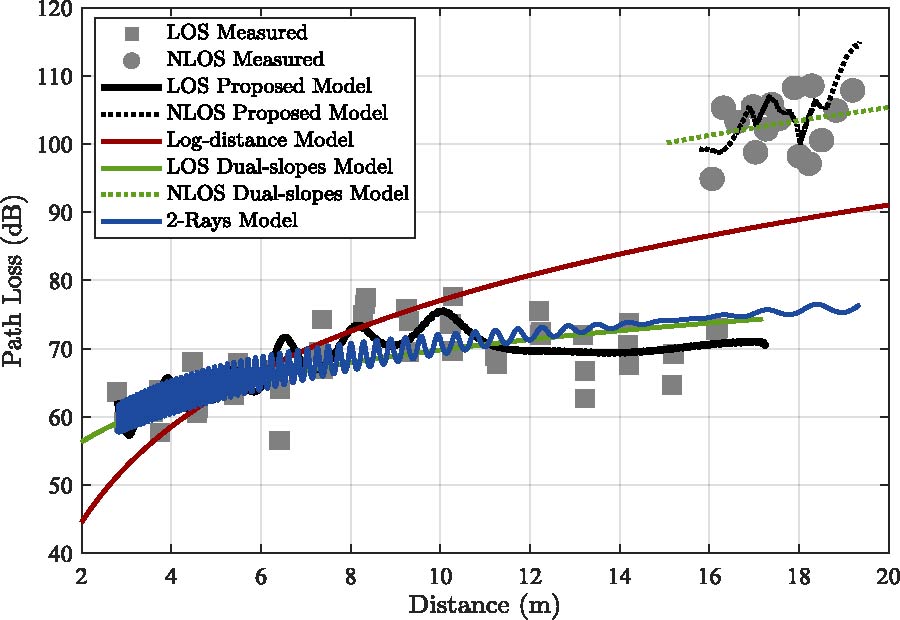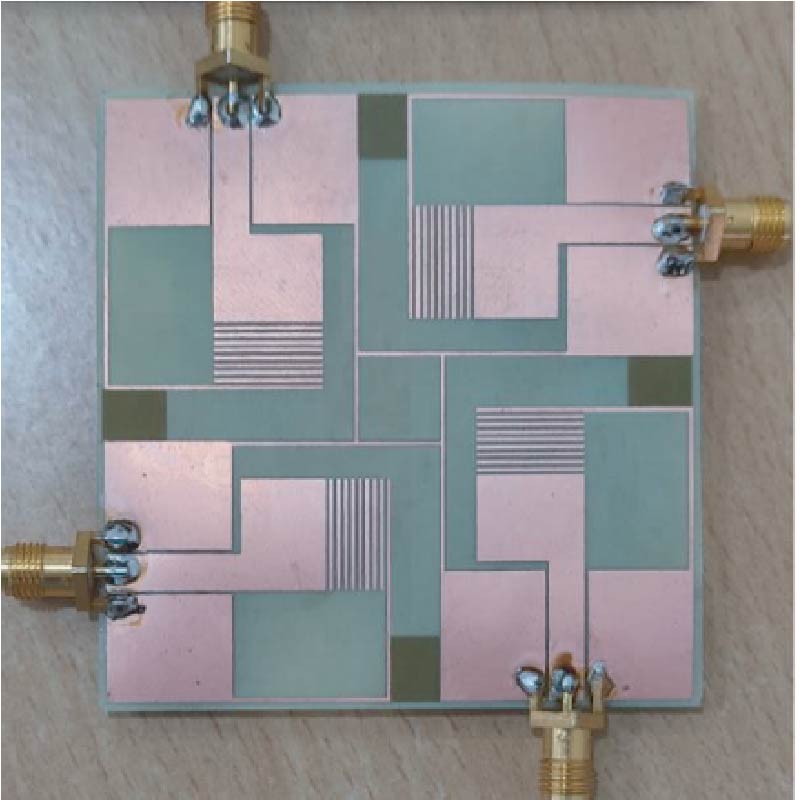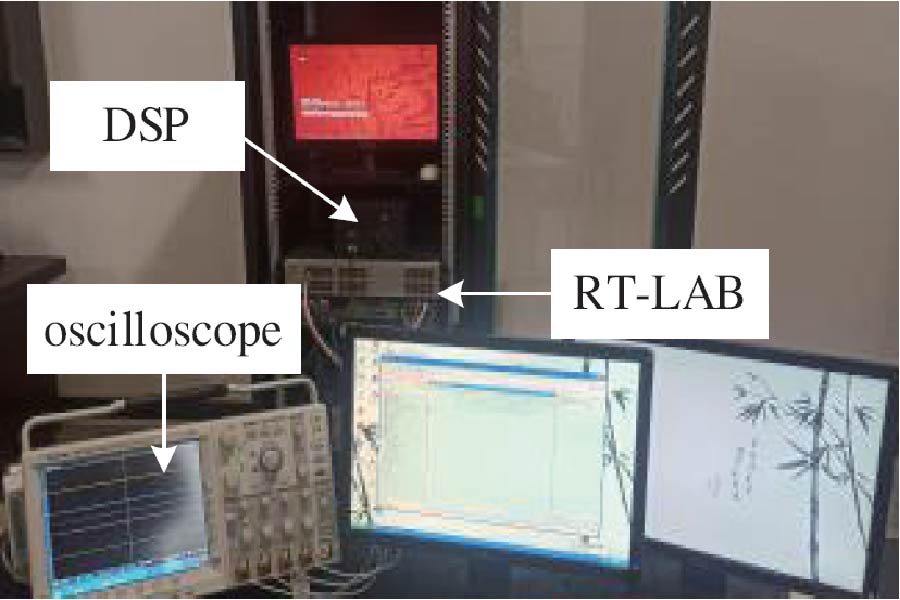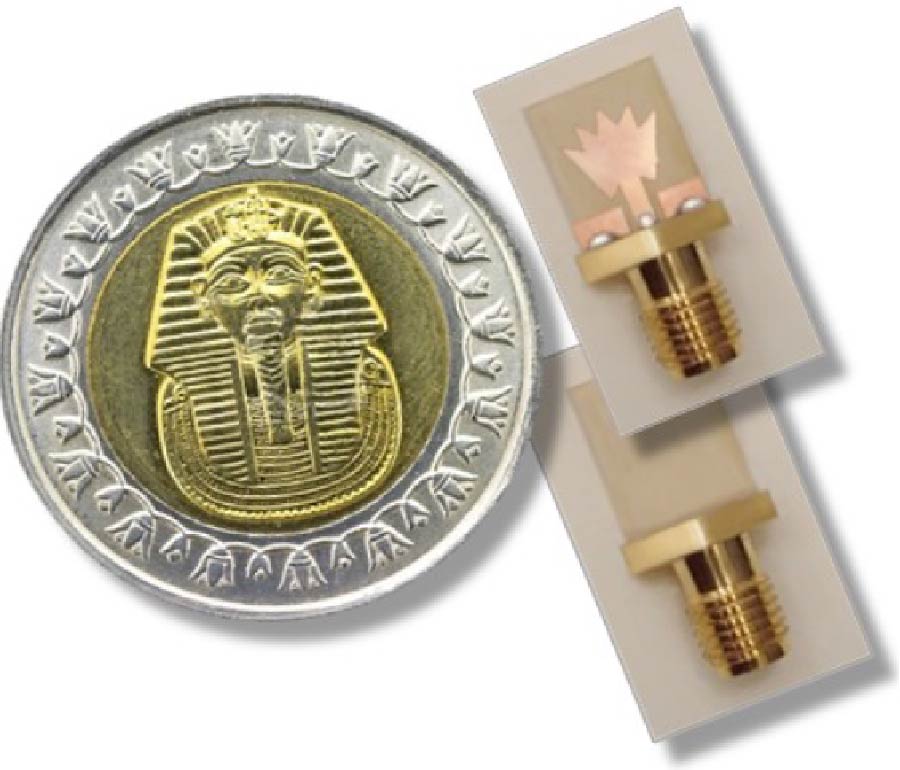Ultra-Wideband Quad Element MIMO Antenna on a Flexible Substrate for 5G and Wearable Applications
Abhilash Achariparambil,
Karamkulambel Kunjappan Indhu,
Ramakrishnan Anil Kumar,
Kinatingal Neema and
Chandroth K. Aanandan
This study describes the development of a low-profile, omnidirectional, CPW fed Ultra-Wide Band (UWB) MIMO antenna. The antenna is designed on a flexible FR4 substrate with thickness 0.07 mm, making it suitable for wearable applications. The fractional bandwidth obtained is more than 100% (3.1-9.3 GHz) which spans the wireless communication bands such as ISM (5.15-5.35 GHz), ISM (5.725-5.825 GHz), Wi-Fi (5 GHz), Wi-Max (3.4-3.6 GHz), Sub 6 GHz 5G (3.3-4.2 GHz), and WLAN (5.15-5.825 GHz). The antenna also provides safe SAR value, low envelope correlation coefficient, good antenna gain, acceptable radiation efficiency, optimum Total Active Reflection Coefficient (TARC) value, low Channel Capacity Loss (CCL), good gain, and acceptable radiation efficiency across the frequency ranges. Simulated and measured performances of the antenna in the entire band are presented.





